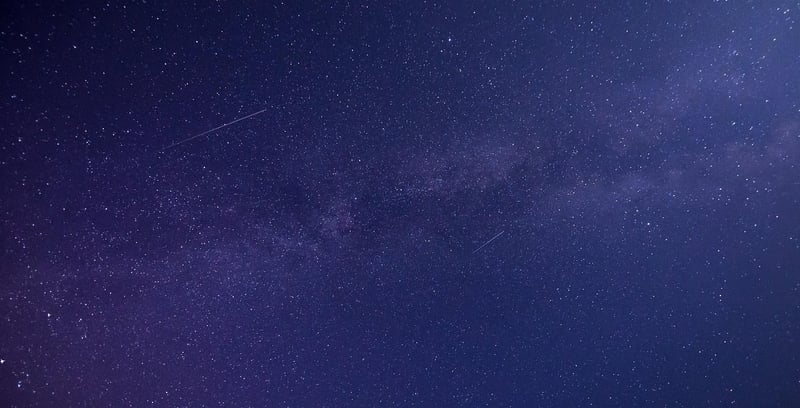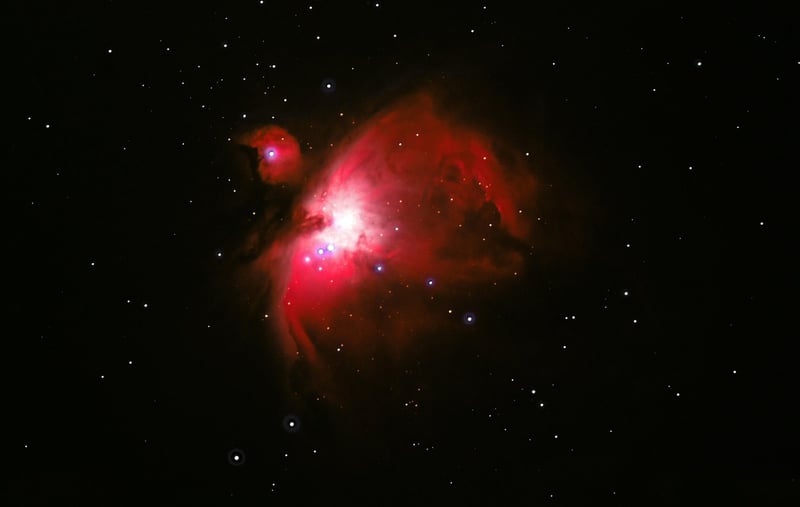Nebula Observations
Unveiling the Mysteries of the Cosmos: Nebula Observations
Welcome to a journey through the vast expanse of space where beauty and mystery converge. Nebulae, often referred to as the captivating clouds of the cosmos, are regions where stars are born and remnants of stellar explosions reside.
What are Nebulae?
Nebulae are massive clouds of dust, hydrogen, helium, and other ionized gases scattered throughout the galaxy. These stellar nurseries play a crucial role in the formation of new stars and planetary systems.
Types of Nebulae
There are several types of nebulae, including:
- HII Regions: These are areas of ionized hydrogen gas where new stars are forming.
- Reflection Nebulae: These nebulae reflect the light of nearby stars, appearing blue in color.
- Planetary Nebulae: The glowing shells of gas ejected by aging stars.
- Supernova Remnants: Nebulae formed from the remnants of massive star explosions.
Observing Nebulae
Amateur and professional astronomers alike can observe nebulae with telescopes. Some well-known nebulae visible from Earth include the Orion Nebula, the Crab Nebula, and the Helix Nebula.
Exploring the Beauty of Nebulae
Let's take a visual journey through some stunning images of nebulae:


Conclusion
Nebulae are not only scientifically significant but also visually mesmerizing, inviting us to contemplate the wonders of the universe. Next time you gaze up at the night sky, remember that beyond the stars, nebulae dance in the cosmic ballet of creation and destruction.
Embark on your own celestial exploration and marvel at the cosmic beauty that nebulae have to offer!
